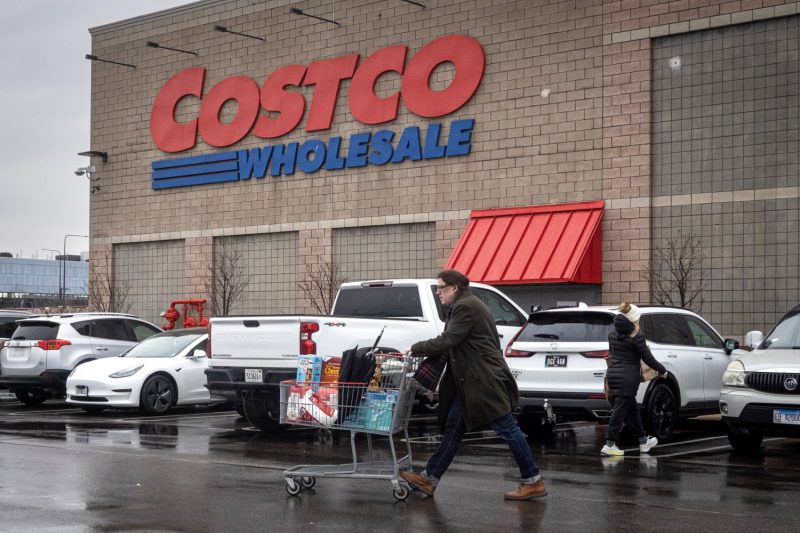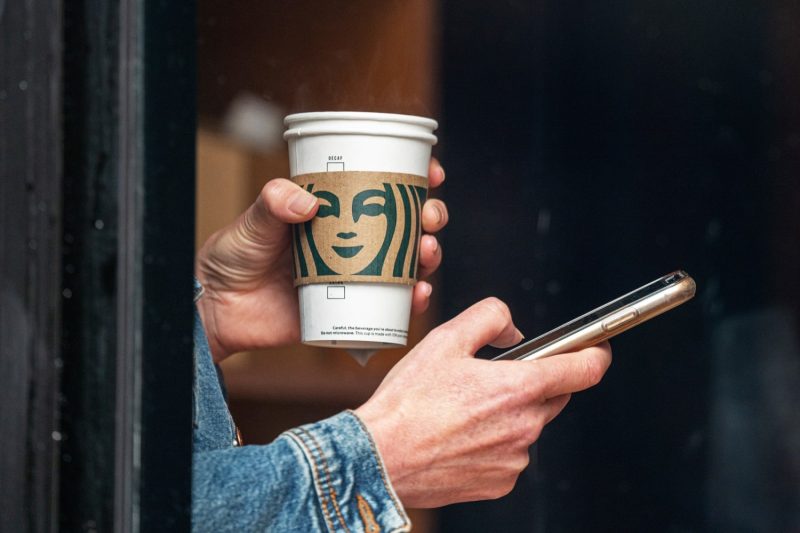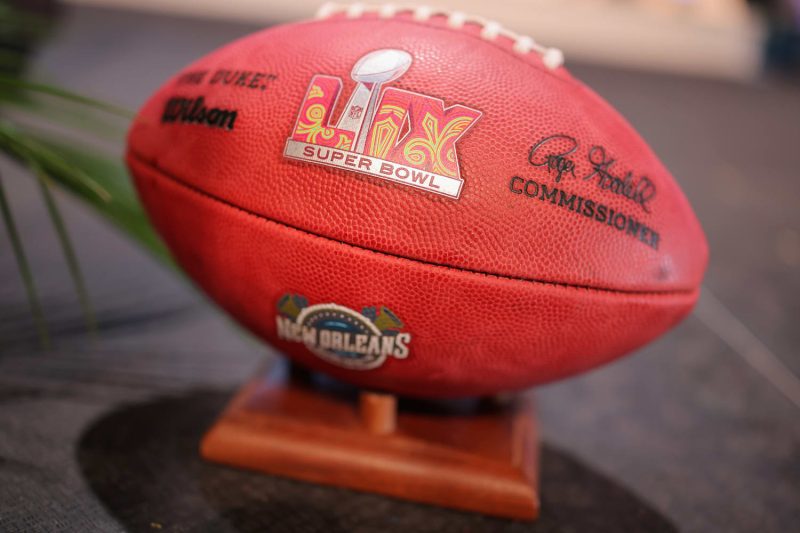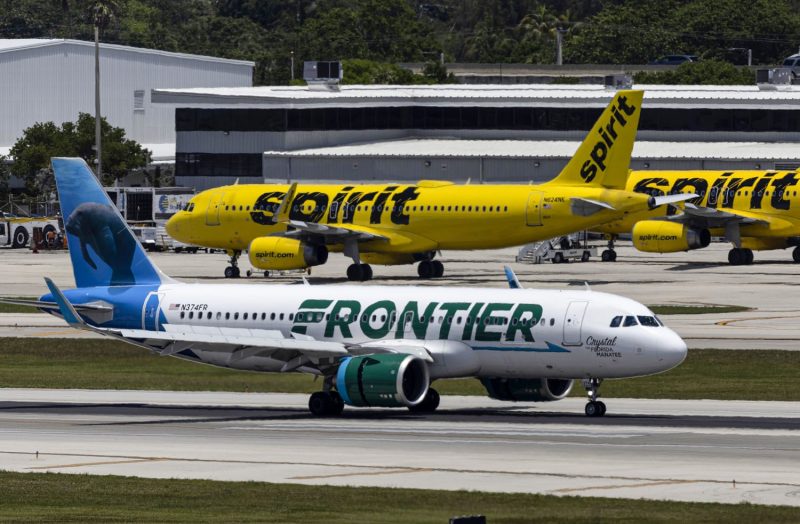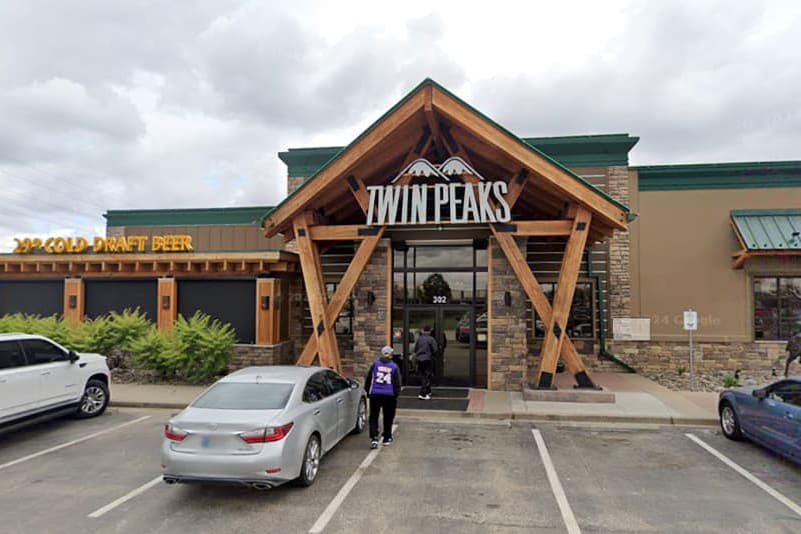
Sports bar chain Twin Peaks starts trading Thursday on the Nasdaq using the ticker “TWNP,” making it the first restaurant initial public offering of the new year and a potential litmus test for others looking to go public.
The IPO market has been tepid for several years, particularly for consumer companies. Soaring inflation, higher interest rates, cautious consumers and the risk of lower valuations scared many companies away from going public. Market conditions meant that some companies chose to seek a sale rather than trying their luck with the public markets. Even the rare success, like Cava’s IPO, didn’t convince others to follow its path.
But many are hopeful that the IPO market will thaw this year.
“Last year was a stronger year than 2023, and we’re expecting 2025 to have more IPOs than 2024,” said Nick Einhorn, vice president of research for Renaissance Capital, a provider of pre-IPO research and IPO-focused ETFs. “That could certainly include more consumer IPOs.”
Twin Peaks won’t be the first consumer company to make the leap this year — and that debut may not inspire confidence.
Pork producer Smithfield Foods, a subsidiary of Hong Kong-based WH Group, began trading on Tuesday. Shares fell 7% from its IPO price of $20 during its market debut. The company had already downsized its offering by 8.1 million shares and priced below its marketed range. Smithfield’s challenges include its ties to China, U.S. trade tensions with Mexico and proposed immigration policies that would raise its labor costs.
For its part, Twin Peaks, a Hooters rival known for its revealing uniform, is relatively small, with an estimated equity value of $1.04 billion to $1.28 billion and 115 restaurants, according to an investor presentation published by owner Fat Brands. (Fat Brands and its chair Andy Wiederhorn were criminally indicted last year for an alleged $47 million bogus loan scheme; both have denied the charges.)
Fat Brands is spinning off Twin Peaks and plans to use the cash to pay off the debt on its balance sheet.
Here are three other restaurant companies that are watching the IPO market for their chance to go public:
JAB Holding, the investment arm of the Reimann family, has been looking to offload Panera Brands, the parent company of Panera Bread and Einstein Bros. Bagels, from its portfolio for several years. JAB originally took Panera Bread private in 2017 for $7.5 billion.
In 2021, Panera announced an investment from Danny Meyer’s special purpose acquisition company that would help the company go public. But the two parties called off the deal by mid-2022, citing market conditions.
A year and half later, in December 2023, Panera Brands confidentially filed to go public. Six months after the confidential filing, the company announced a CEO transition and tied the shakeup to “preparation for its eventual IPO.”
However, a public filing never followed. The restaurant industry began to see a pullback in spending, as many consumers opted to cook at home instead of dining out at eateries.
Plus, Panera’s Charged Lemonade went viral for all of the wrong reasons; the company removed the highly caffeinated drink from its menu after multiple wrongful death lawsuits tied to it. Panera settled with the first plaintiff in October.
Earlier this month, Panera’s CEO resigned, and the company tapped its chief financial officer to step in as interim chief. With its leadership in flux, it looks unlikely that Panera will try to go public again this year.
A year and a half ago, Bain Capital announced that it is buying Fogo de Chao, a fast-growing Brazilian steakhouse chain. Like Krispy Kreme, Sweetgreen and Dutch Bros., the chain had filed to go public in 2021 — but it missed the window.
Fogo de Chao has over 100 locations globally and 76 in the U.S. alone. The company plans to open another 15 restaurants this year.
Whenever the IPO market is ready, so will Fogo de Chao.
“If the optionality is there, then we’ll launch,” Fogo de Chao CEO Barry McGowan told CNBC at the ICR Conference in Orlando earlier in January. “My hope is, this year, we’ll see what happens to the consumer markets. I think it’s going to get started this year or in the next year.”
McGowan joked that Fogo de Chao’s longtime CFO Tony Laday has filed more S-1 filings than any other chief financial officer; the company filed three the first time it went public, and seven before Bain bought it.
Thanks to Bain’s investment, Fogo de Chao isn’t in a rush to go public.
“We’re not in a hurry to go. We don’t want to file seven more times. We want to be more certain before we file,” McGowan said.
Roark Capital assembled Inspire Brands by cobbling together a slew of acquisitions into a restaurant conglomerate.
Inspire’s portfolio includes Arby’s, Jimmy John’s, Sonic, Buffalo Wild Wings, Dunkin’ and Baskin Robbins. Across all of its brands, it has more than 32,600 restaurants globally and totals $30 billion in system sales.
Nearly a year ago, Bloomberg reported that Roark was in early-stage IPO discussions with potential advisers and seeking a valuation of $20 billion for Inspire. But it’s been crickets since then.
Still, Pitchbook identified Inspire Brands as one of 50 private equity-backed names that could go public in 2025.
“Obviously, private equity backers will want to exit their position eventually, and IPOs are often a way to do that,” Einhorn said.
And unlike Panera, Inspire has a stable leadership team. CEO Paul Brown co-founded the company and has held his role since 2018. CFO Kate Jaspon joined Inspire in 2021 after it acquired her employer Dunkin’. More than a decade ago, she was a vice president at Dunkin’ during its own IPO.
This post appeared first on NBC NEWS




